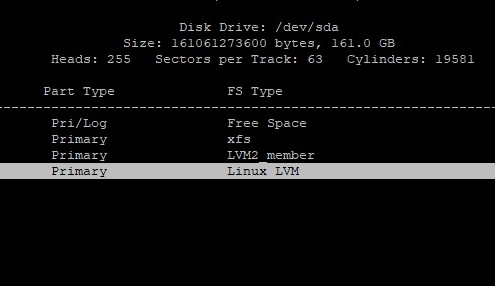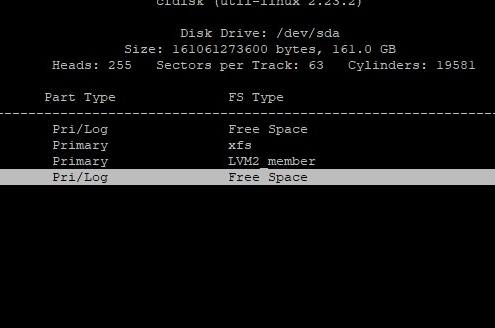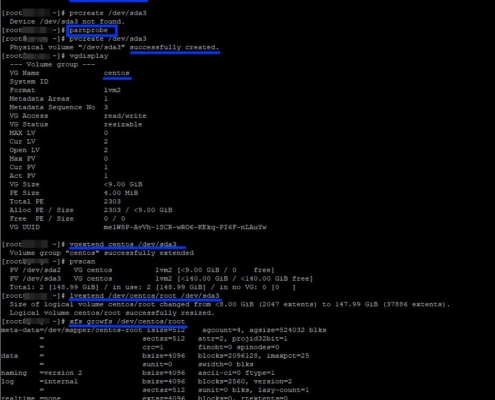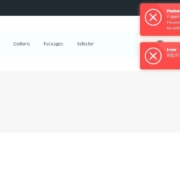Cloudlinux Setting Global Php Directives
When you want to apply one or more php directives like disable_functions,datetime.zone or something else to all your customers websites,you should write these to /etc/cl.selector/global_php.ini file.After you write your directives enter this command to apply
selectorctl –apply-global-php-ini
/usr/sbin/cagefsctl –setup-cl-selector
You can see the example below.
; This file provides global settings for php.ini of all alt-php packages
; The structure of this file:
; option = value
; To confirm changes (not affecting “date.timezone” and “error_log” options) please run:
; /usr/sbin/cagefsctl –setup-cl-selector
; To confirm changes (including “date.timezone” and “error_log” options) please run:
; /usr/bin/selectorctl –apply-global-php-ini
; or
; /usr/sbin/cagefsctl –apply-global-php-ini
; If you don’t want to change error_log, but want to change date.timezone, you can execute
; selectorctl –apply-global-php-ini date.timezone
; Similarly, command
; selectorctl –apply-global-php-ini error_log
; applies error_log and all other options specified in /etc/cl.selector/global_php.ini file, except date.timezone.
; So, you can specify 0, 1 or 2 parameters from the list: error_log, date.timezone
; using –apply-global-php-ini without arguments applies all global php options including two above
; Example:
; selectorctl –apply-global-php-ini error_log
; selectorctl –apply-global-php-ini date.timezone
; selectorctl –apply-global-php-ini date.timezone error_log
; The latter command has the same effect as /usr/bin/selectorctl –apply-global-php-ini
[Global PHP Settings] disable_functions = mail,system, dl, array_compare, array_user_key_compare, passthru, cat, exec, popen, proc_close, proc_get_status, proc_nice, proc_open,escapeshellcmd,escapeshellarg, show_source,posix_mkfifo, ini_restore, mysql_list_dbs, get_current_user, getmyuid,pconnect, link, symlink, fin, fileread, shell_exec, pcntl_exec, leak, apache_child_terminate,chown, posix_kill, posix_setpgid, posix_setsid, posix_setuid, proc_terminate, syslog, fpassthru, execute, shell, chgrp, passthru, socket_select,socket_create, socket_create_listen, socket_create_pair, socket_listen, socket_accept, socket_bind, socket_strerror, pcntl_fork, pcntl_signal, pcntl_waitpid,pcntl_wexitstatus, pcntl_wifexited, pcntl_wifsignaled, pcntl_wifstopped, pcntl_wstopsig, pcntl_wtermsig, openlog, apache_get_modules, apache_get_version,apache_getenv, apache_note, apache_setenv, virtual, eval, allow_url_fopen, pconnect, p_connect,posix_getpwuid,fileowner,symlink,readlink,stream_select,pcntl_alarm,pcntl_fork,pcntl_waitpid,pcntl_wait,pcntl_wifexited,pcntl_wifstopped,pcntl_wifsignaled,pcntl_wexitstatus,pcntl_wtermsig,pcntl_wstopsig,pcntl_signal,pcntl_signal_dispatch,pcntl_get_last_error,pcntl_strerror,pcntl_sigprocmask,pcntl_sigwaitinfo,pcntl_sigtimedwait,pcntl_exec,pcntl_getpriority,pcntl_setpriority









 Linux Support Here
Linux Support Here